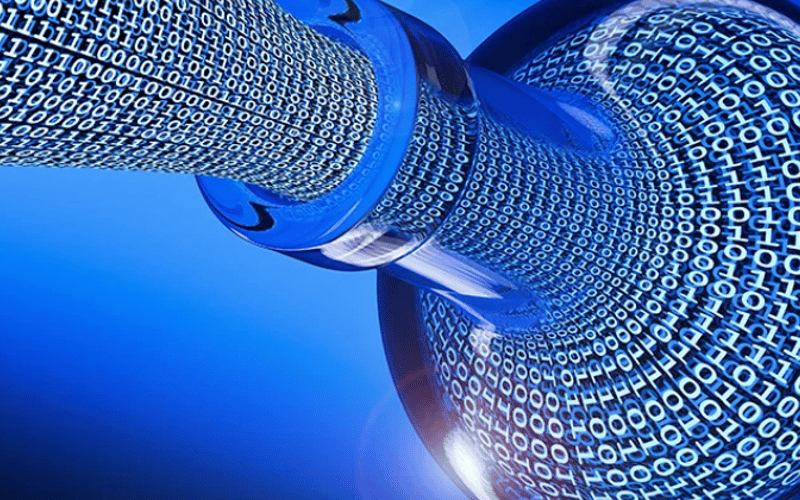In the world of 3D design, rendering times can make or break a project’s efficiency. Whether you’re working on complex models in Blender, 3ds Max, or another 3D software, every designer strives to reduce rendering times and produce high-quality images or animations faster. But even the best software and techniques can’t overcome hardware limitations. That’s where understanding bottlenecks and using bottleneck calculator comes in. Let’s dive into how these tools can transform your workflow.
What is a Bottleneck in Computing?
In the simplest terms, a bottleneck in computing occurs when one component in your computer significantly limits the performance of the rest of your system. Think of it like a traffic jam on a highway: even if the road ahead is clear, a bottleneck forces everything behind it to slow down.
Common Hardware Components That Cause Bottlenecks
Several key hardware components are often responsible for bottlenecks in 3D rendering setups:
CPU Bottlenecks: The CPU (central processing unit) handles most of the tasks related to calculations and logic. If your CPU can’t keep up with the demands of your GPU (graphics processing unit), it creates a bottleneck, slowing down rendering.
GPU Bottlenecks: In many modern 3D applications, the GPU takes on the majority of rendering tasks. A weak or outdated GPU can significantly delay the completion of render jobs.
RAM and Storage Bottlenecks: Insufficient RAM or slow storage can cause delays as the system struggles to load large textures, models, or scene data.
How Bottlenecks Affect 3D Rendering
Bottlenecks are one of the biggest obstacles to efficient 3D rendering. When one component in your setup struggles to keep up, the entire rendering process slows down. For example, a powerful GPU may be waiting for instructions from a weaker CPU, leading to slower render times and decreased overall performance.
This is especially frustrating when you’re working on a time-sensitive project. Long render times not only delay the delivery of your work but can also reduce the quality if shortcuts are made to reduce strain on your hardware.
The Role of Bottleneck Calculators
A bottleneck calculator is a tool that helps identify which components of your system are causing performance issues. These calculators estimate the percentage difference between the CPU and GPU performance, pinpointing where an upgrade could make the most impact.
Input Components for Bottleneck Calculators
When using a bottleneck calculator, you’ll need to input details about your system’s hardware, including:
CPU model
GPU model
RAM capacity
Storage type (HDD or SSD)
Understanding the Results
Bottleneck calculators provide an analysis that shows which component is limiting your system’s performance. For example, you might get a result that shows your CPU is operating at 80% of its potential while your GPU is underutilized. This tells you that upgrading the CPU would have a greater impact on rendering times than upgrading the GPU.
Benefits of Using Bottleneck Calculators for 3D Designers
Bottleneck calculators are a game-changer for 3D designers looking to optimize their hardware. By pinpointing the exact components causing slowdowns, you can:
Optimize Hardware for Faster Render Times: Get faster results without wasting money on unnecessary upgrades.
Choose the Right Upgrades: Avoid spending money on the wrong components by targeting the exact bottleneck.
CPU vs. GPU for 3D Rendering
Depending on the software you’re using, either your CPU or GPU might be more important. For instance, Blender’s Cycles engine benefits heavily from a powerful GPU, whereas other tasks might rely more on CPU performance. A PC bottleneck calculator helps you make an informed decision based on your specific workflow.
Understanding RAM and SSD Impact
Besides the CPU and GPU, having enough RAM and fast storage (SSD) ensures that large 3D models and textures load smoothly, preventing delays caused by constant swapping or disk thrashing.
How to Use a Bottleneck Calculator
Using a bottleneck calculator is simple:
Visit a trusted online bottleneck calculator.
Enter your current system’s specifications (CPU, GPU, RAM, storage).
Hit the calculate button to see your results.
Top Bottleneck Calculators to Consider
PC-Build’s Bottleneck Calculator
CPU Agent Bottleneck Calculator
Case Study: Optimizing for Blender or 3ds Max
Let’s say you primarily use Blender for your 3D designs. After inputting your system details into a bottleneck calculator, it shows that your GPU is causing a bottleneck, not your CPU. This insight can guide you toward upgrading your GPU instead of wasting money on a new CPU.
Common Mistakes When Interpreting Bottleneck Calculator Results
It’s easy to misunderstand bottleneck calculator results. Here are common mistakes to avoid:
Misunderstanding Percentage Values: A 20% bottleneck might seem minor, but it could still result in noticeable slowdowns.
Ignoring CPU-GPU Balance: If you upgrade only one component without considering the balance between CPU and GPU, you may not see a significant improvement.
Upgrading Unnecessary Components: Sometimes the bottleneck isn’t as severe as it seems, and upgrading other aspects of your setup, like adding RAM or switching to an SSD, could make a bigger difference.
Optimizing Your 3D Rendering Setup
To fully optimize your rendering setup:
Upgrade Strategically: Use the results from your bottleneck calculator to decide whether to upgrade your CPU, GPU, RAM, or storage.
Software Optimization: Ensure you’re using the latest versions of your 3D software and optimize settings like sample size or resolution to reduce the strain on your hardware.
Avoiding Bottlenecks in Future Builds
The best way to avoid bottlenecks is to plan your build with balance in mind:
Future-Proof Your Hardware: Investing in components with headroom for future software advancements can help you avoid bottlenecks down the line.
Consider Your Workflow: If you know you’ll be handling high-poly models or complex animations, prioritize a stronger GPU from the start.
Conclusion
Bottleneck calculators are an essential tool for 3D designers who want to improve rendering times without the guesswork. By identifying which components are slowing you down, you can make smart upgrades and enjoy a faster, more efficient workflow. Take advantage of these tools to optimize your setup and focus on what you do best—creating stunning 3D designs.
Source link
lol

